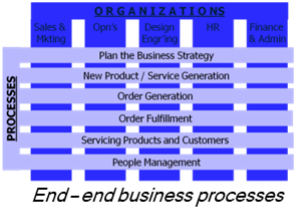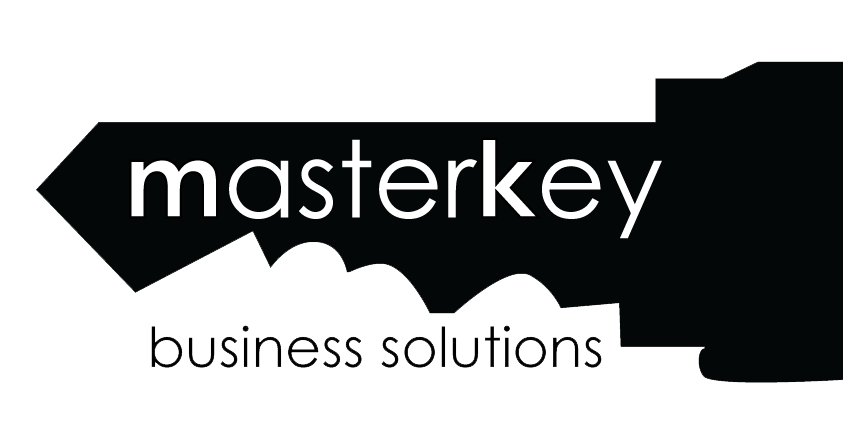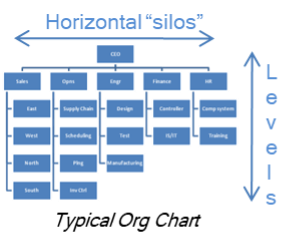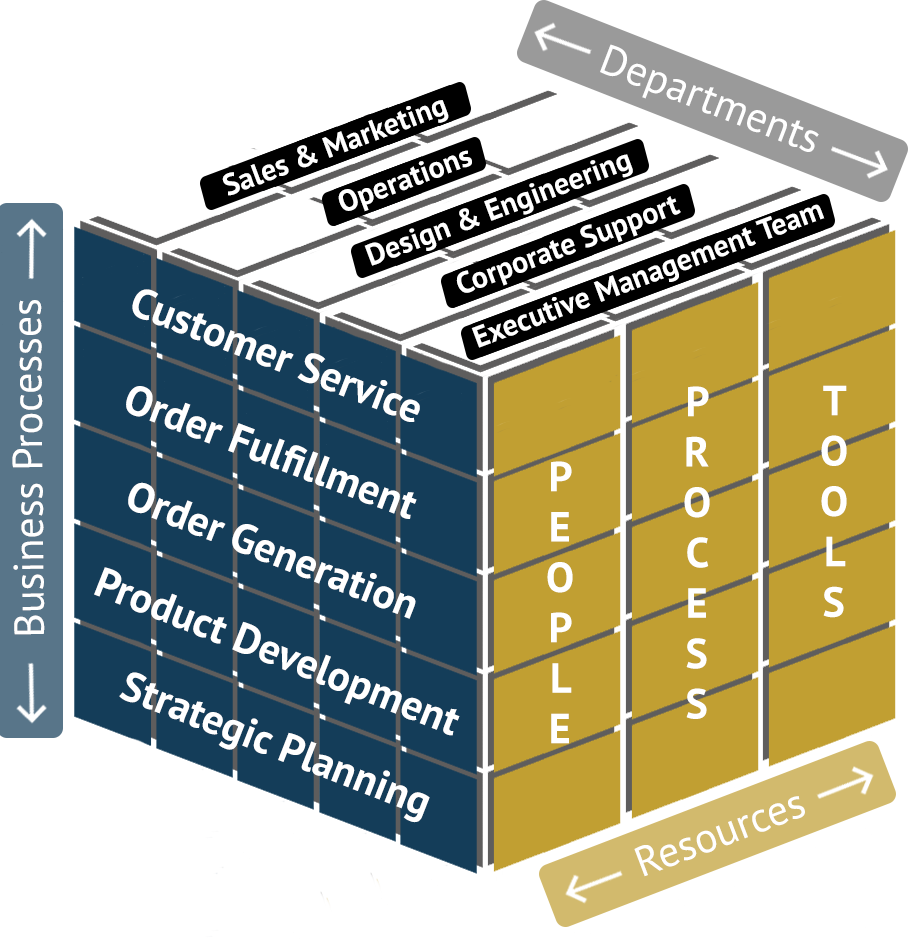
Establishing the organization's objectives and developing strategies to achieve them.
Allocating resources, defining roles and responsibilities, and setting up structures to support the implementation of strategies.
Leading and motivating employees to achieve the objectives of the organization.
Monitoring performance and taking corrective action when necessary to ensure that the organization is on track to achieve its goals.
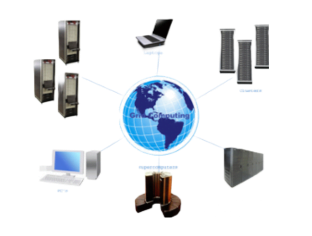
Running a business is not easy. Consider this …. If the human body or a computer is a complex system, and if a business consists of “humans” and “computers”, then would it not stand to reason that a business is also a complex system. But there is hope –look at the advancements in healthcare for people, and the evolving power of the computer. A business is a system, of systems, so let’s get started defining and improving it!

I have a better question – “why do we define the human body as a system?” The answer is because it is complex, so in order for us to understand and improve it, we break the human body down into logical groupings (or subsystems) to better understand each one. Examples – the nervous system, muscular/skeletal system, circulatory system, respiratory system, etc. For a person to be “healthy”, all of these subsystems must be defined, measured and working together as an integrated system. Any one component can have deteriorating or devastating effects on a person’s health.

© 2023 MASTERKEY BUSINESS SOLUTIONS, BUSINESS MANAGEMENT SYSTEM (BMS) ™ All rights reserved
